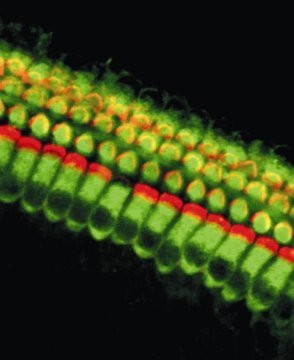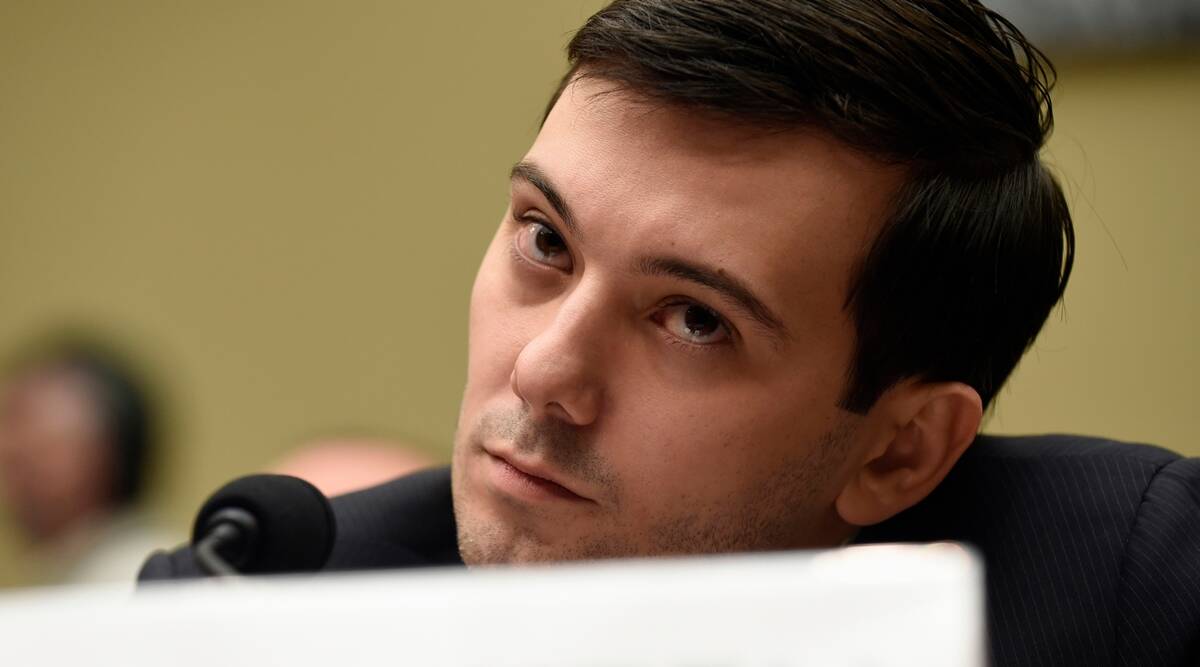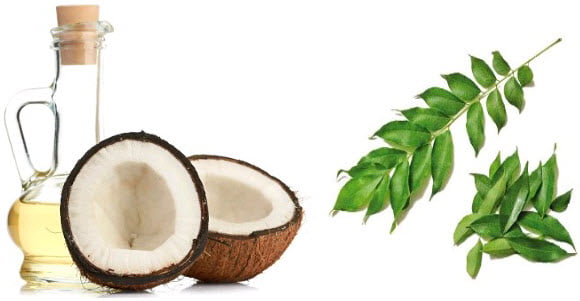
President Trump has long touted his “big, beautiful” wall on the Mexican border as a way to prevent illegal immigration. But in an interview with the Associated Press on Friday, Trump stressed another reason to build the wall: stopping the flow of drugs across the border.
“The drugs pouring through on the southern border are unbelievable,” Trump said. “We’re becoming a drug culture, there’s so much. And most of it’s coming from the southern border. The wall will stop the drugs.”
Trump may be right that most illicit drugs trafficked into the U.S. enter through the U.S.-Mexican border. But history suggests he is wrong that a wall would stop that flow. Decades of failed efforts show that enforcement at the border and interdiction efforts alone have minimal impact on flow of drugs in the country and consumption overall.“The notion that we’re going to fix America’s drug problem by building a wall is just a fantasy,“ said Ethan Nadelmann, executive director of the Drug Policy Alliance, an advocacy organization in support of drug policy reform.
Reliable data on the flow of illicit drugs is scarce, but the data that is available does suggest that a large share of the drugs that enter the U.S. each year do so across the Mexican border. Based on data from U.S. Customs and Border Protection, 97.4 percent of the department’s marijuana seizures during the 2016 fiscal year took place at the southwest border. Around 89.8 percent of cocaine and 87.8 percent of heroin seizures also occurred at the Mexican border. (These figures don’t take into account drugs grown or manufactured in the U.S.)
Most traffickers, however, aren’t climbing over fences at the border or carrying in illegal drugs by foot. The Drug Enforcement Administration says Mexican criminal networks transport the majority of their goods in vehicles or tractor trailers by using legal ports of entry. Drugs are often smuggled in concealed compartments or commingled with other goods.
“A lot of the drugs that move across through the border are hidden in legal cargo,” said Vanda Felbab-Brown, senior fellow in the Center for 21st Century Security and Intelligence at the Brookings Institution. “There is not a way to avoid that.”
Felbab-Brown said the Obama administration made a significant effort to minimize illicit drugs entering the U.S. on vehicles by searching cargo farther away from the border as part of its “U.S.-Mexico 21st Century Border Management” initiative. But it’s impossible to check every container. “It will affect the traffic flow coming in and that has tremendous economic costs,” Felbab-Brown said. Drugs that aren’t coming in through those ports of entry are most likely smuggled in on ships, by plane or even through tunnels.
Border control is especially unlikely to make much difference on the drug problem that has drawn the most attention in recent years: heroin. Heroin was the cause of 12,989 deaths nationwide in 2015, surpassing gun homicides for the first time in recent history and making the opioids epidemic a focus for policy reform among both Republicans and Democrats. But heroin is particularly easy to transport — and therefore hard to stop — because of how compact the substance is. “All the heroin in the U.S. could fit into one or two containers on a container ship,” said Nadelmann.
The U.S. has a history with failing interdiction efforts. For decades smugglers have adopted different routes and transportation methods to dodge U.S. border security efforts. Experts often refer to the “balloon effect”: If authorities step up enforcement along one route, smugglers just shift to a different one. In the early 1980s, for example, much of the cocaine trafficked into the U.S. came in through the Caribbean, leading former President Ronald Reagan to establish the South Florida Task Force, which cracked down on drugs trafficked through the region. Although the effort eventually diminished the amount of drugs flowing in through the Caribbean, by the mid-1980s cocaine started moving in through the Mexican border instead. Even after seizing thousands of pounds of cocaine and making a record number of arrests, the task force not only failed to limit the availability of drugs in the area but prices also dropped dramatically — the opposite of what interdiction efforts are intended to do. “No one seriously claims now that interdiction can control the amount of drugs physically able to reach this nation,” the research firm RAND wrote in a 1988 report.
“With supply-side intervention, the goal is to raise the price,” said Beau Kilmer, co-director of the Drug Policy Research Center at RAND. But there is little indication that interdiction raises drug prices, he said. And other experts said it isn’t clear that raising prices is effective at reducing consumption.
Public health experts and even many law enforcement leaders agree that, at least in the long term, the most effective way to control drug consumption is to focus on demand, not supply. Critics of the “war on drugs” argue the U.S. should focus less on heavy enforcement and interdiction efforts and more on strategies involving public health, treatment and harm-reduction. Trump promised to expand treatment for drug users and recently established a commission for handling addiction. However, others in the administration have shown conflicting positions on handling drug enforcement, while Trump’s own rhetoric continues to emphasize the wall.
CORRECTION (April 26, 2:09 p.m.): A previous version of this story incorrectly attributed a statement to Beau Kilmer, co-director of the Drug Policy Research Center at RAND. Kilmer did not comment on how raising drug prices affects consumption.
[Source:-fivethirtyeight]




















